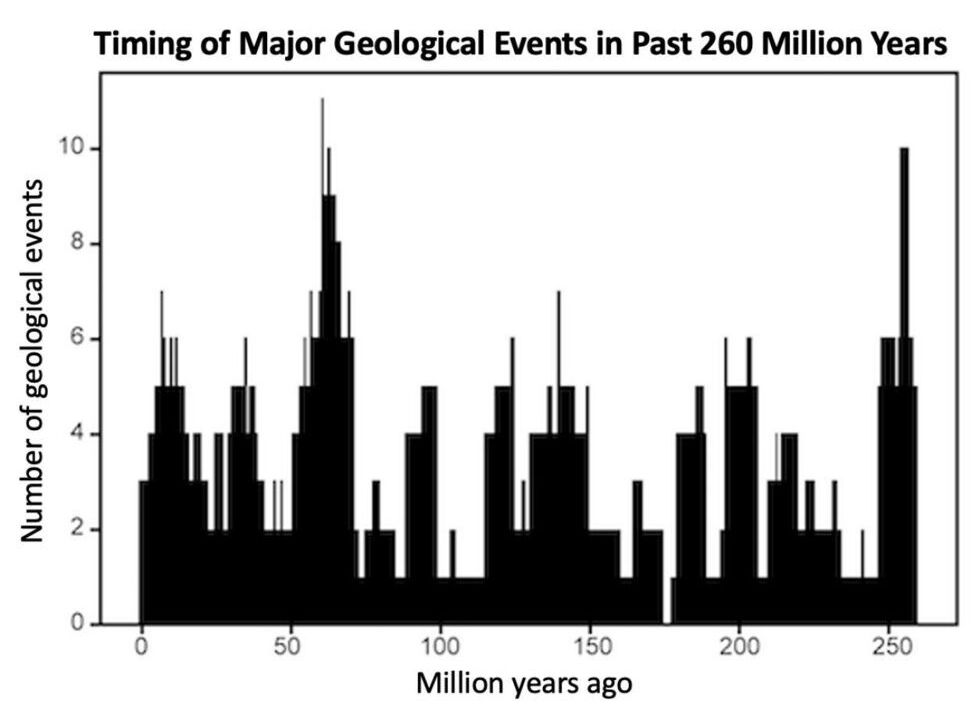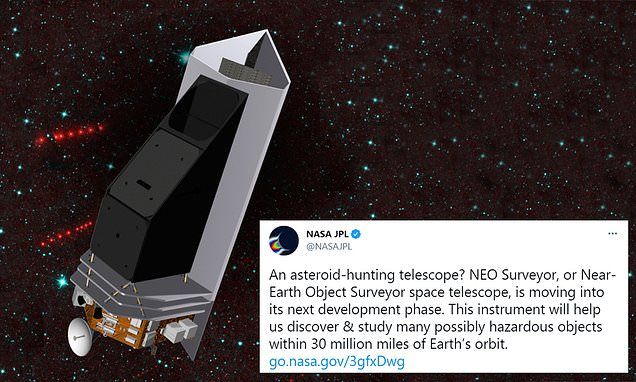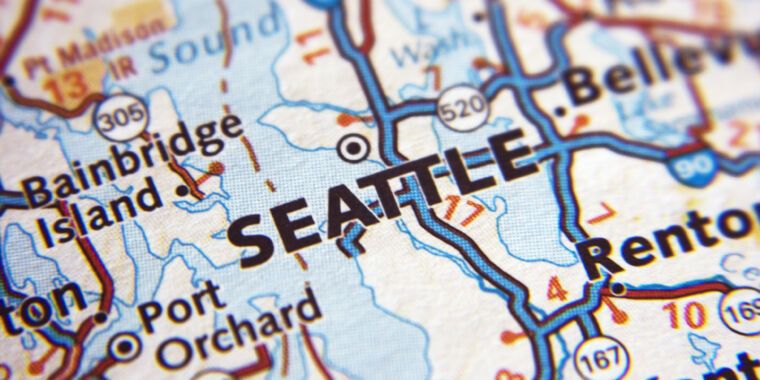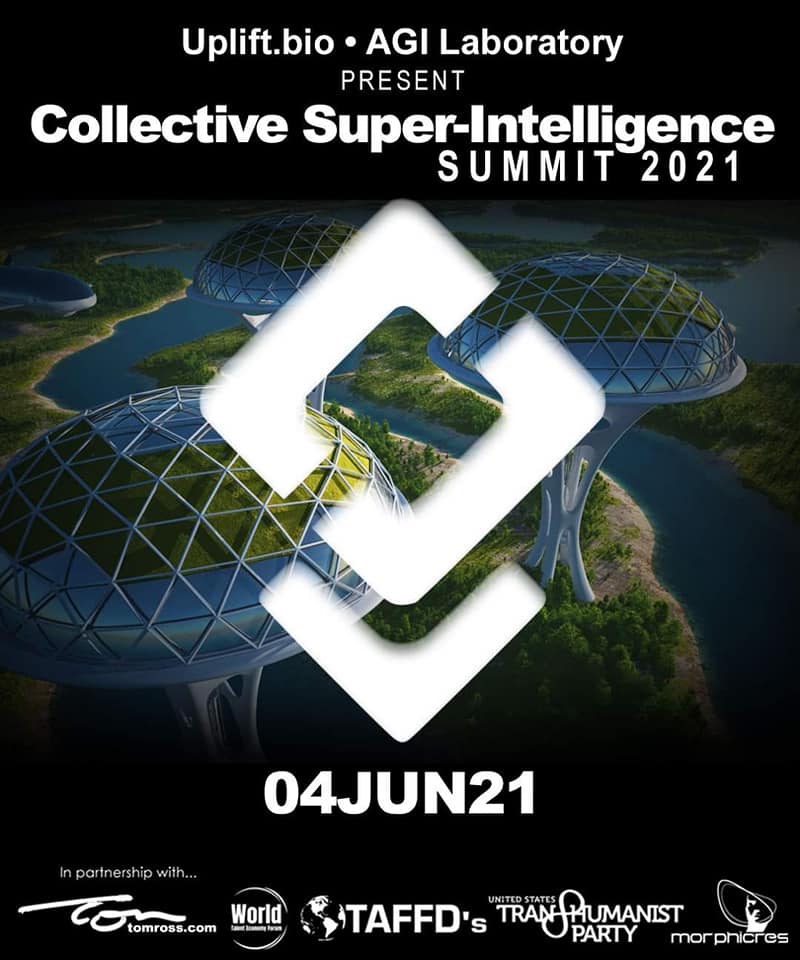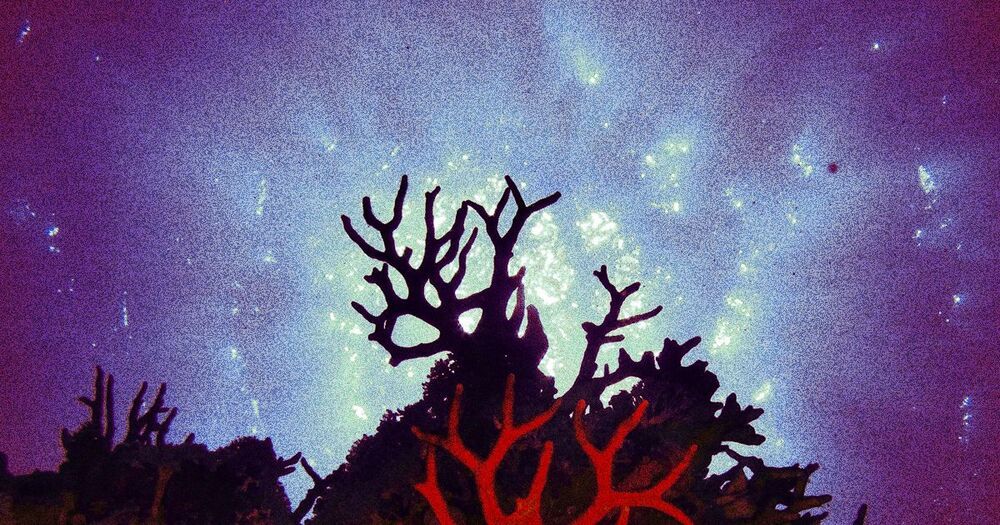The world’s animals and wildlife are becoming extinct at a greater rate than at any time in human history. Could technology help to save threatened species?
Read our latest technology quarterly on protecting biodiversity: https://econ.st/3dqdkKN
Listen to our Babbage podcast episode on the biodiversity crisis: https://econ.st/3dqfPww.
Sign up to The Economist’s daily newsletter to keep up to date with our latest stories: https://econ.st/3gJBH8D
How should economists think about biodiversity?: https://econ.st/3y1zCu7
Humans are wreaking havoc on global biodiversity: https://econ.st/3jqM5U8
